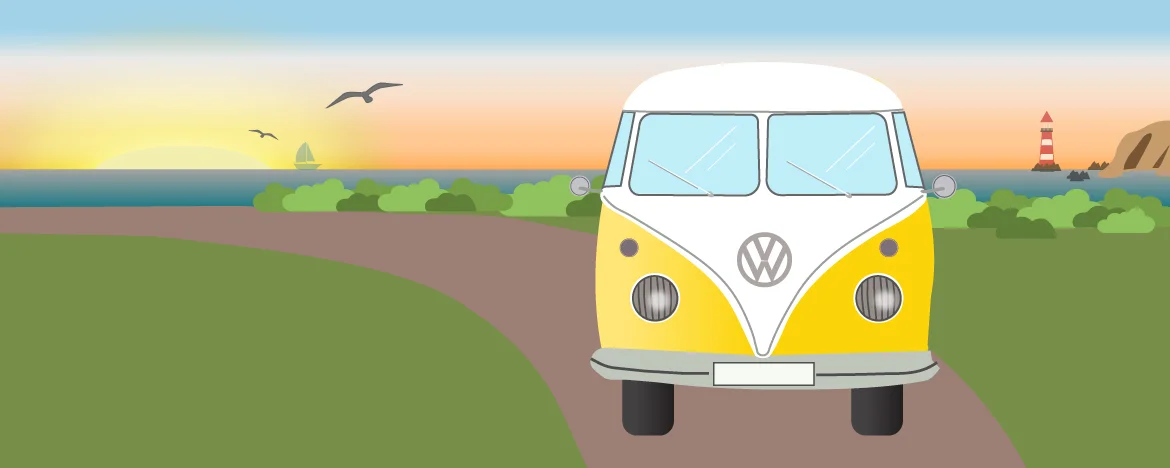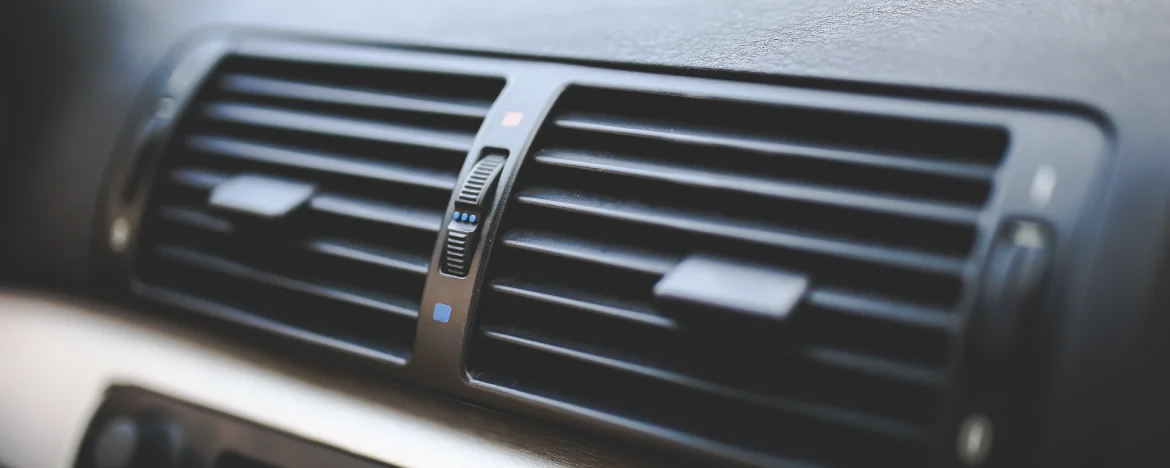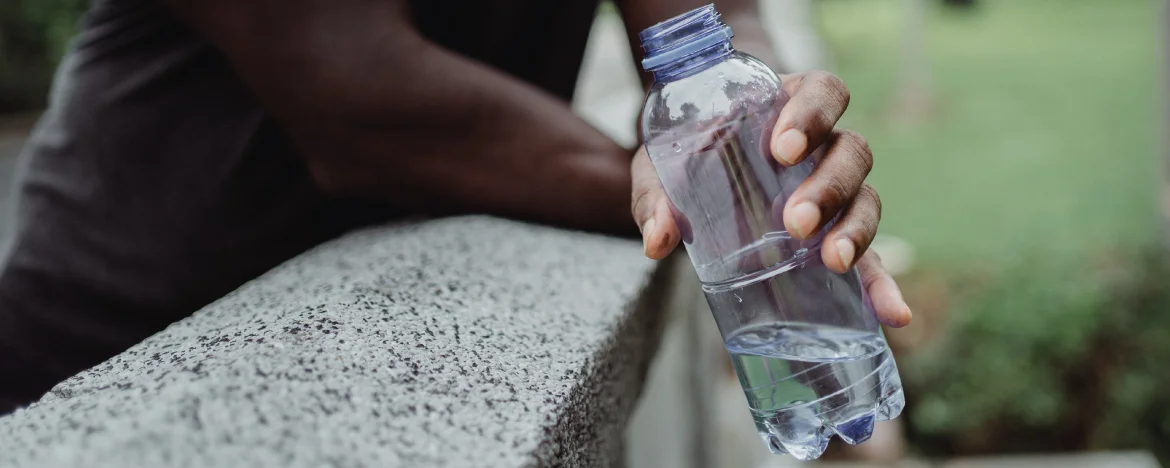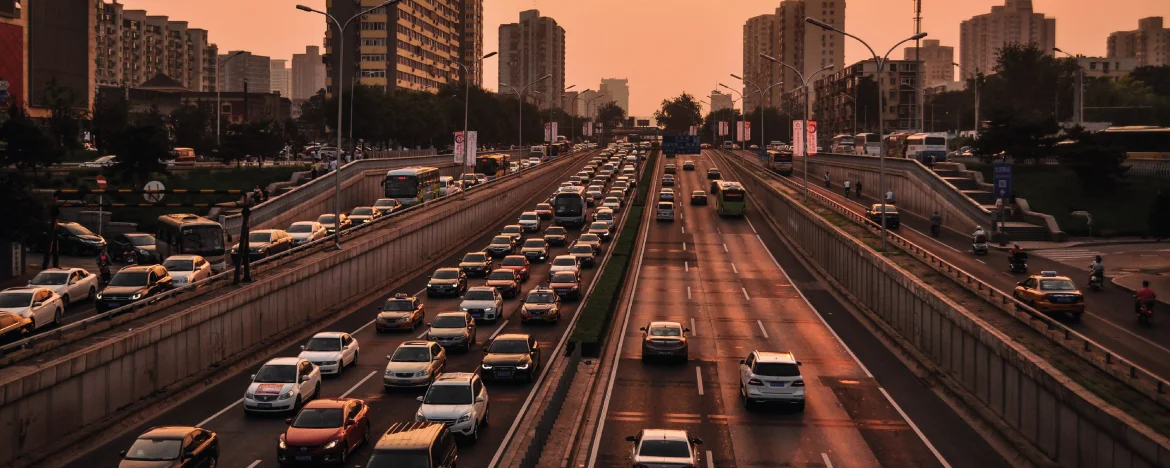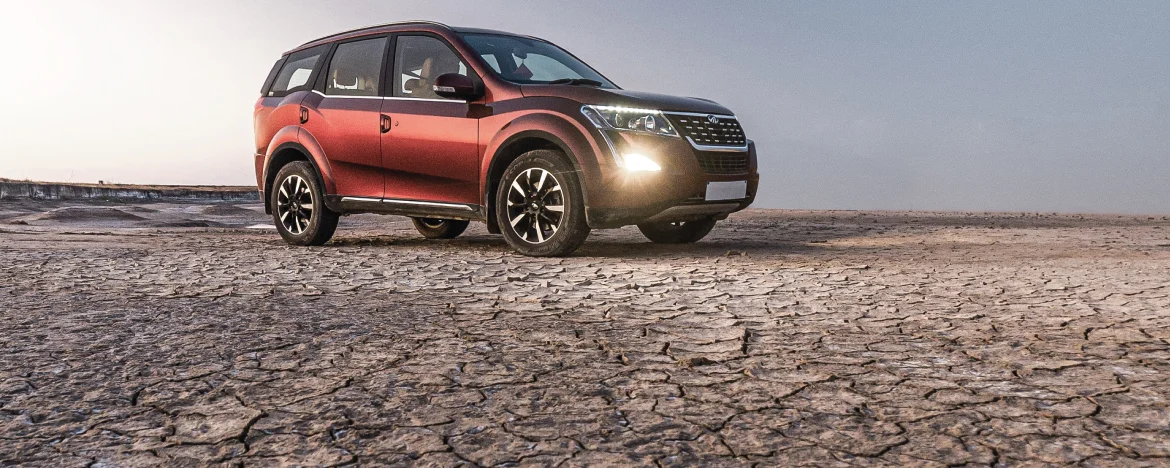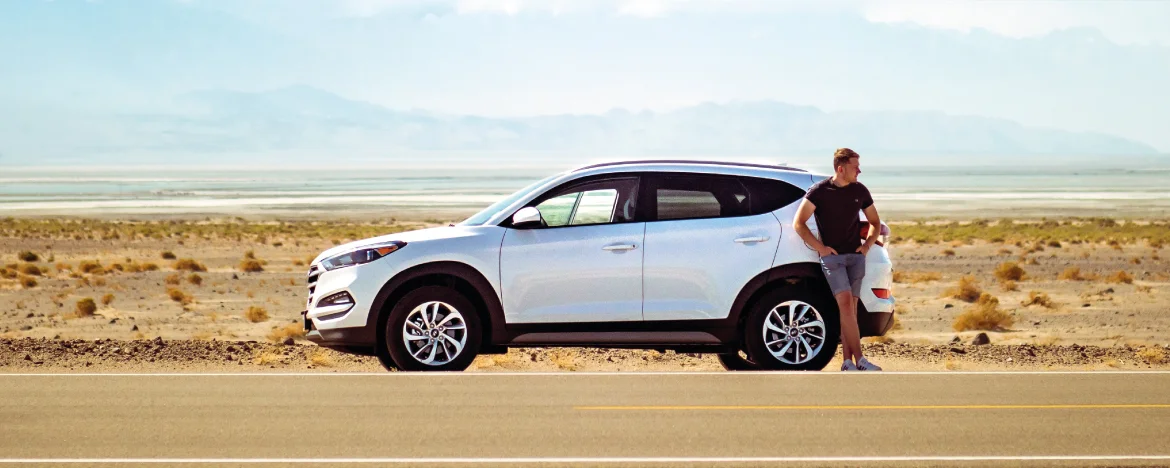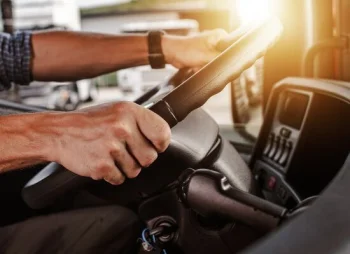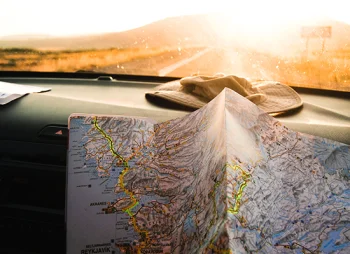The COVID-19 restrictions have eased, and the sun has come out to celebrate with us. The warmer weather brings with it long days on the beach, balmy evenings spent in beer gardens, and plenty of BBQs.
With less people choosing to go abroad this year, there will undoubtedly be a surge in the number of people on our roads as people enjoy a staycation. Whether you’re heading down to enjoy the sandy beaches and good surf of the Devon and Cornwall coast, or heading north to the lakes or the lochs, there’s a trip for everyone.
But summer driving brings with it a whole new bag of tricks. Driving in the heat can be a very different experience to driving in our normal drizzly weather, especially if that trip is taking you cross-country.
We’ve collated our top 10 best tips for summer driving to keep you, and everyone else around you, safer in the sun.

